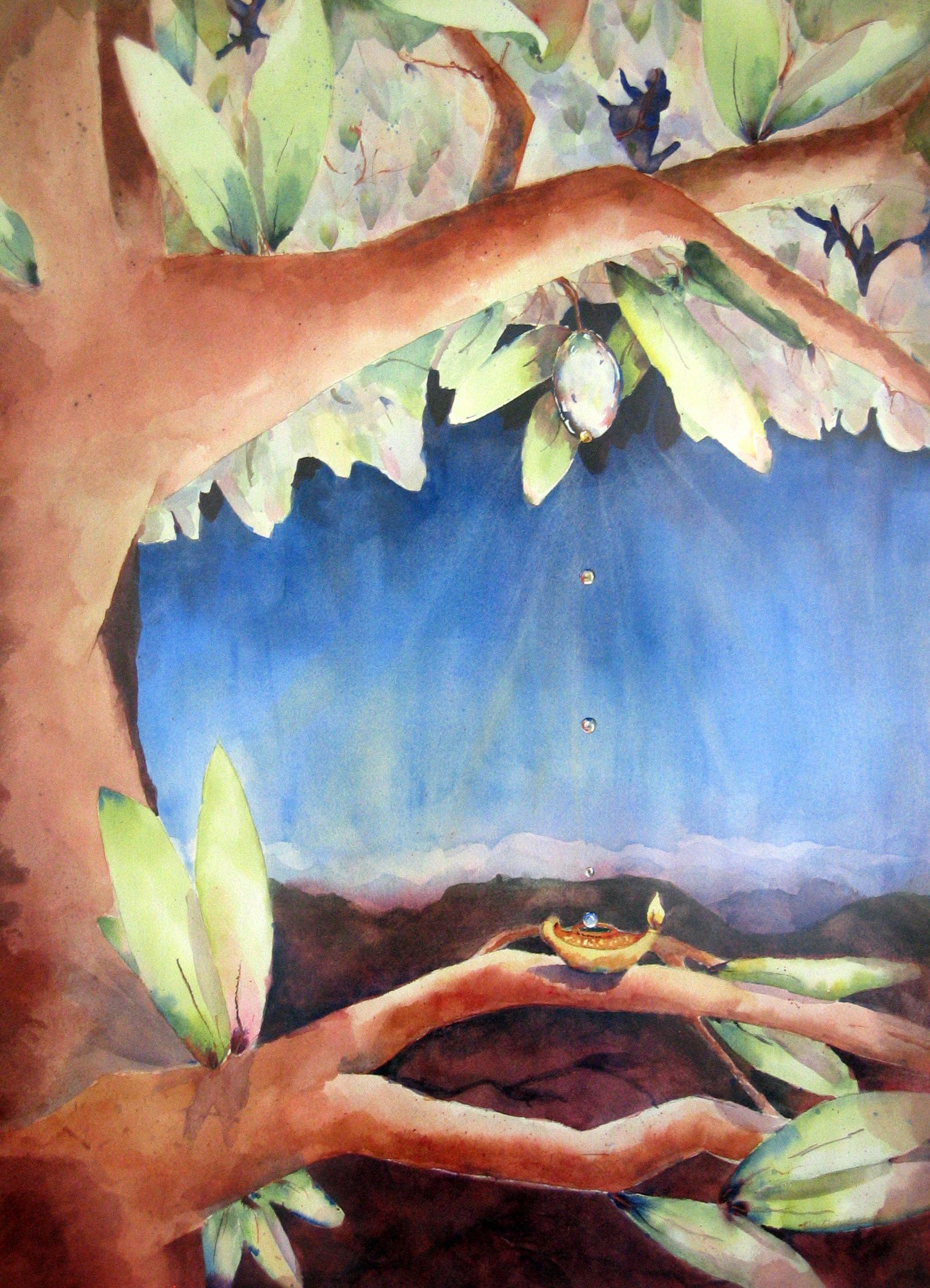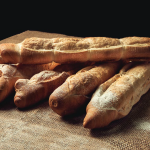~by Michelle
I wanted to add this quote to the post yesterday about women in the scriptures, but I think it deserves its own space. This is a favorite quote of mine (from an article entitled “One Thing is Needful“, especially when I hear people wondering why we don’t hear more about Heavenly Mother (although this article shows that more has been said about Her than is sometimes understood). After expressing faith that she believes there are reasons why we don’t hear or talk much about Heavenly Mother, she writes:
I believe we know much more about our eternal nature than we think we do [amen!]; and it is our sacred obligation to express our knowledge, to teach it to our young sisters and daughters, and in so doing to strengthen their faith and help them through the counterfeit confusions of these difficult latter days. [This reminds me of Elder Ballard’s recent address at BYU Education Week.] Let me point out some examples.
The Lord has not placed us in this lone and dreary world without a blueprint for living. In Doctrine and Covenants 52, we read the Lord’s words: “I will give unto you a pattern in all things, that ye may not be deceived.” (D&C 52:14; italics added.) He certainly includes us women in that promise. He has given us patterns in the Bible, the Book of Mormon, the Doctrine and Covenants, and the Pearl of Great Price; and he has given us patterns in the temple ceremony. As we study these patterns, we must continually ask, “Why does the Lord choose to say these particular words and present it in just this way?” We know he uses metaphors and symbols and parables and allegories to teach us of his eternal ways. We have all recognized the relationship between Abraham and Isaac that so parallels God’s anguish over the sacrifice of his son, Jesus Christ. But, as women, do we stretch ourselves and also ask about Sarah’s travail in this experience as well? We need to search in this manner, and we need always to look for deeper meaning. We should look for parallels and symbols. We should look for themes and motifs such as those we would find in a Bach or a Mozart composition, and we should look for repeated patterns.
Looking for patterns is a powerful way to find truth. I am so grateful for Sister Holland’s faith and invitation. I invite you to read her entire article. It may be decades old, but I think it’s even more relevant today than it was 25+ years ago when it was written.














When you examine the Abraham and Issac story unfortunately Sarah is not included. We can only speculate as to her reaction. We are not told if she knew what was happening or her reaction. What do we learn from this?
Colleen, you are right. Nothing is explicitly said about Sarah in that situation. I can’t speak for Sister Holland but I think her invitation is to engage such questions expecting that there is more than meets the eye in the scriptures, and to let the Spirit unfold truth for us.
Oh, I love this quote!
Collen, I think that what Sister Holland is saying is that if we draw a conclusion between Abraham and Issac being symbolic of the relationship between our Heavenly Father and Jesus Christ (as if often taught)than we might search deeper and think about what archetype symbol Sarah might be in the story. Because it really starts to illuminate things when you think about her being a type of our Heavenly Mother, just like Abraham is portrayed as a type of our Heavenly Father. And also, just because she isn’t mentioned in the case of the sacrifice doesn’t mean that she isn’t a big player in Issac’s complete story!